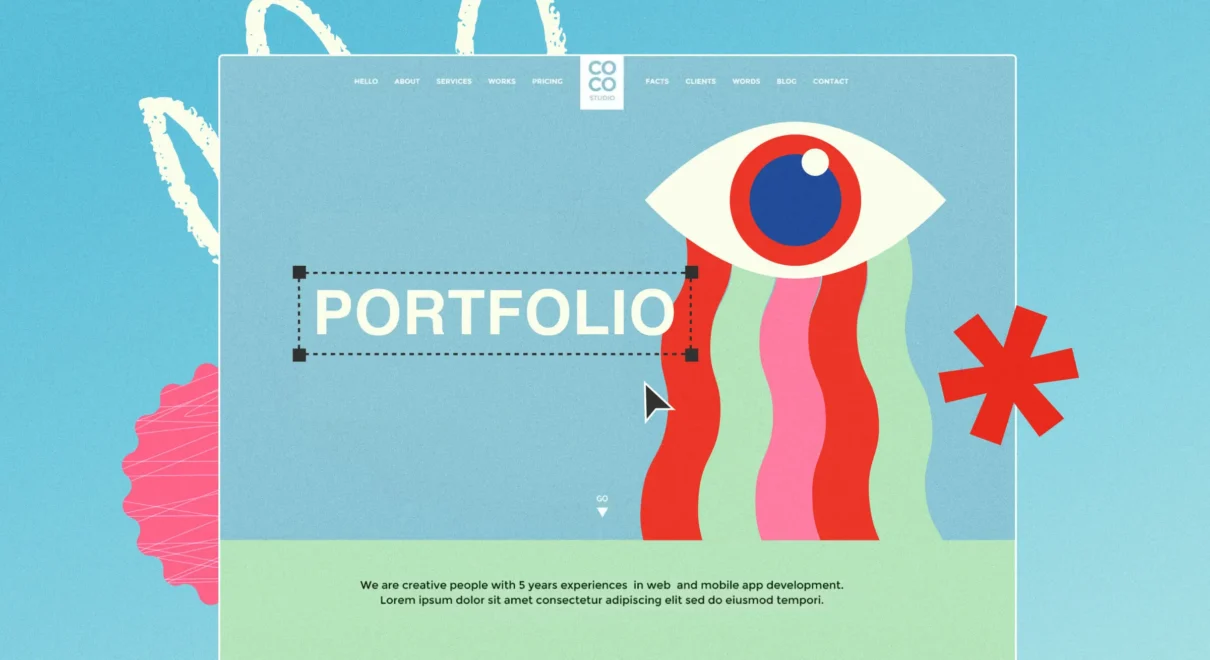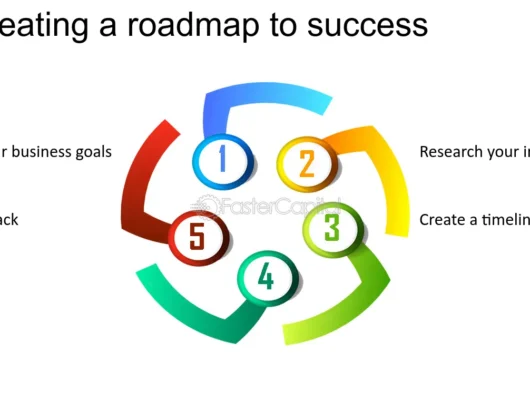A graphic design portfolio is more than just a collection of your work—it’s a visual resume that showcases your skills, creativity, and versatility.
Whether you’re a seasoned designer or just starting out, a well-curated portfolio is essential for attracting clients, landing jobs, and establishing your brand in the competitive world of graphic design.
This guide will help you create a compelling portfolio that highlights your strengths and sets you apart from the competition.
Why Is a Graphic Design Portfolio Important?
Your portfolio is often the first point of contact between you and potential clients or employers. It serves as a testament to your abilities, offering a tangible representation of what you can achieve. A strong portfolio can:
- Demonstrate Your Skills: Showcase a range of techniques, styles, and tools you are proficient in.
- Highlight Your Experience: Provide evidence of past projects, including those for notable clients or brands.
- Reflect Your Creativity: Show your unique approach to design, setting you apart from other designers.
- Build Credibility: Establish trust by displaying high-quality, professional work.
Key Elements of a Strong Graphic Design Portfolio
1. A Clear, Professional Introduction
Start your portfolio with a brief introduction about yourself. This could include your design philosophy, a summary of your skills, and what inspires you. Keep it concise and focused, giving viewers a quick insight into who you are as a designer.
2. Showcase a Diverse Range of Work
Your portfolio should demonstrate your versatility as a designer. Include a variety of projects that showcase different aspects of your skill set, such as:
- Logo Design: Highlight your ability to create memorable and impactful brand identities.
- Web Design: Show your proficiency in designing user-friendly and visually appealing websites.
- Print Design: Include examples of brochures, posters, and other printed materials to demonstrate your understanding of layout and typography.
- Illustration: If applicable, include custom illustrations to highlight your artistic abilities.
- Motion Graphics: Display any animated or interactive designs to show your skills in this growing area of graphic design.
3. Provide Context for Each Project
For each project in your portfolio, include a brief description that provides context. Explain the client’s needs, your design process, the challenges you faced, and how you addressed them. This not only showcases your problem-solving abilities but also demonstrates your thought process and attention to detail.
4. Highlight Your Best Work
Quality over quantity is key when curating your portfolio. It’s better to include fewer projects that are your absolute best work than to overwhelm viewers with too many pieces. Select work that you are most proud of and that aligns with the type of clients or employers you want to attract.
5. Keep the Design Simple and User-Friendly
Your portfolio itself is a testament to your design skills, so ensure it is well-designed and easy to navigate. Avoid clutter, use a clean layout, and ensure that your work is the focal point. Whether your portfolio is digital or physical, the user experience should be smooth and intuitive.
6. Update Your Portfolio Regularly
The design industry is constantly evolving, and your portfolio should reflect your most recent and relevant work. Regularly update it with new projects and remove outdated pieces. This keeps your portfolio fresh and demonstrates that you are an active and current designer.
7. Include a Call to Action
Make it easy for potential clients or employers to contact you. Include clear contact information and consider adding a call to action, such as inviting viewers to discuss a project or request a quote. This can be a simple form or a link to your email or social media profiles.
Tips for Creating a Digital Portfolio
1. Choose the Right Platform
If you’re creating an online portfolio, choose a platform that best suits your needs. Websites like Behance, Dribbble, and Adobe Portfolio offer templates specifically designed for showcasing graphic design work. Alternatively, you can create a custom website using platforms like WordPress, Squarespace, or Wix.
2. Optimize for All Devices
Ensure your online portfolio is responsive, meaning it looks great and functions well on all devices, from desktops to mobile phones. With many users browsing on their phones, a mobile-friendly portfolio is essential.
3. Consider SEO
If your portfolio is online, optimizing it for search engines (SEO) can help potential clients find you. Use relevant keywords in your descriptions, titles, and meta tags to improve your visibility.
Conclusion
A well-crafted graphic design portfolio is a powerful tool for advancing your career, attracting clients, and showcasing your creative abilities.
By carefully selecting and presenting your best work, providing context, and keeping the design simple and user-friendly, you can create a portfolio that not only impresses but also tells the story of your journey as a designer.
Whether you’re just starting out or are an experienced designer, investing time and effort into your portfolio will pay off in the long run.






